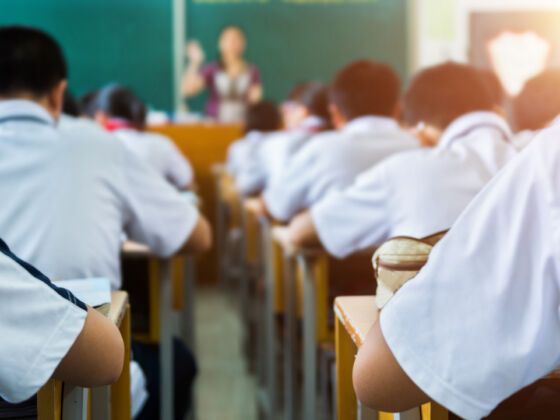Technology is expanding, research is identifying more efficient teaching methods, and parents are setting higher expectations in the face of budget cuts. As a result, public schools in the United States have had to step it up to keep pace with changing times.
Classroom experiments such as The Wave and strategies to address the growing variety of students and learning needs have come and gone over the years, but even so, public school is a much different place than the one where your grandfather walked barefoot uphill both ways many years before. Here’s what’s happening in the classroom now:
